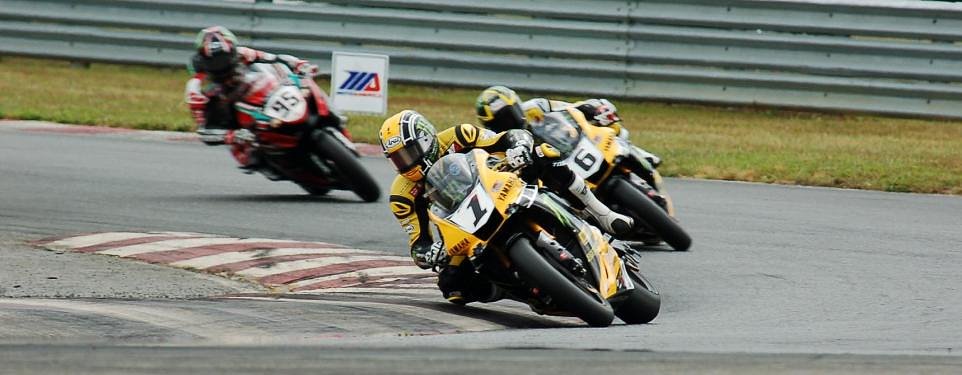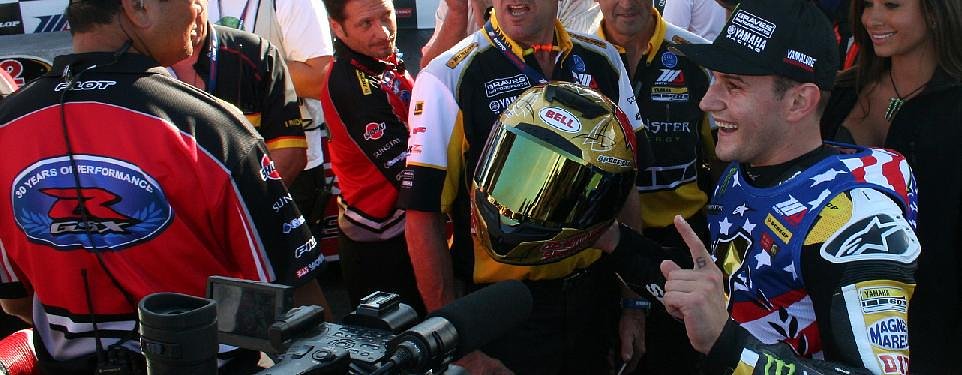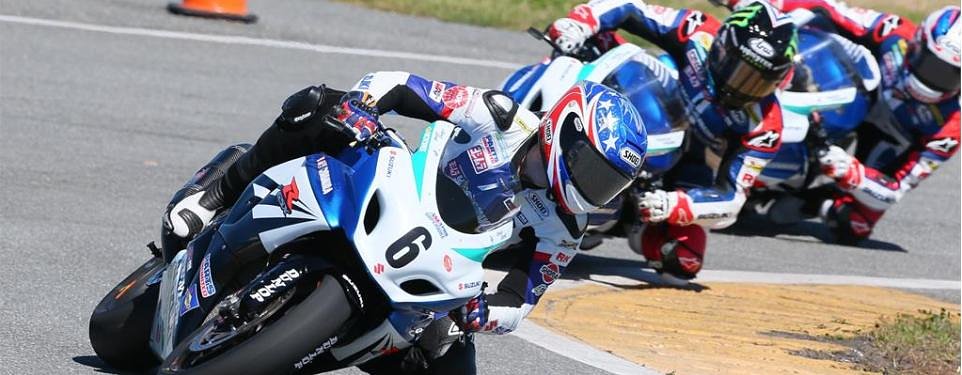I was chatting recently with a well known guy who makes his living in the motorcycle media and when I mentioned the MotoAmerica Superbike series, his response was both immediate and cutting: "I really don't care anymore."
That statement, harsh as it is, sums up what MotoAmerica faces as it enters its second year of managing the top roadracing series in the United States. If you've already lost a guy who is essentially paid to care about almost everything motorcycle-related, how do you win over everyone else?
You don't have to be as old as I am to remember a time when AMA Superbike was a hotbed of talent. When a fierce title rivalry between world-class talents like Ben Spies and Mat Mladin put the series at the forefront worldwide. When popular fan favorites like Miguel Duhamel or the Bostrom brothers drew huge crowds to tracks like the Mid-Ohio Sports Car Course that don't even host a professional motorcycle race these days. You don't have to go back before the turn of the century to find world champions who emerged from the AMA ranks: Spies, Nicky Hayden, Troy Corser, Colin Edwards.
Now, what was once the undisputed strongest national roadracing series in the world is held in such disdain that the racing website that used to be called amasuperbike.com now rarely even mentions domestic superbike racing.
As the KRAVE Group, led by former world champion Wayne Rainey, enters its second year of running the series that was formerly AMA Superbike, the challenge remains the same: to reverse that decade-long trajectory.
Here are three questions hanging over the series as it preps for its debut this weekend alongside MotoGP at the Circuit of the Americas.
How long will the honeymoon last?
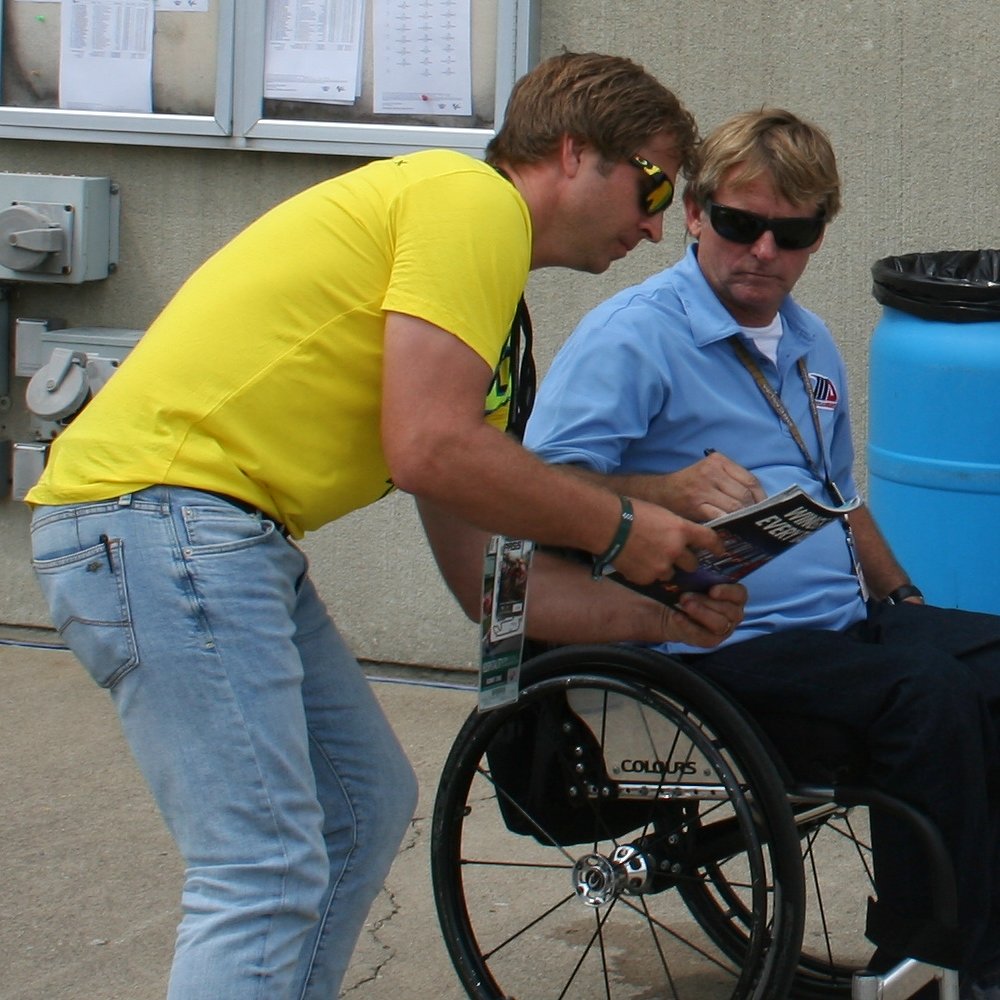
"I think they did a pretty good job," said Yoshimura Suzuki rider Roger Hayden, summing up the first year of MotoAmerica control over the series. "They got it late, they started from scratch. I think they'll be the first ones to tell you it hasn't been perfect. I think a lot of people have been a little hard on the series, you know, expecting too much overnight.
"The last couple of years, you didn't know if there was going to be a series the next year. So for me, the feeling is better."
At some point, that feeling will end and the honeymoon will be over. Racers being racers, and therefore intensely competitive, will vent their frustrations on race directors who make a ruling or a decision that stands between them and success. Some say the honeymoon has already ended. But what seems remarkable to me is how long it has lasted.
Can anyone other than Yamaha win a race?
Many people in racing think the key to success is close competition, but the facts suggest it's more complicated. Lots of people show up at Monster Energy Supercross races even if Ryan Dungey won the previous race by 15 seconds.
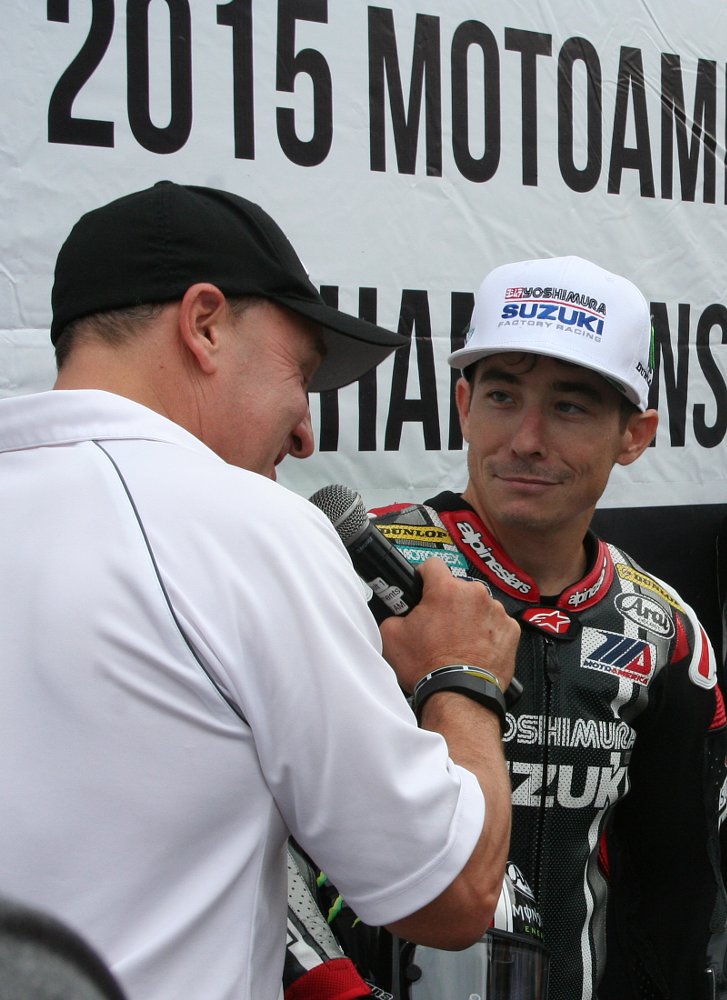
As the series starts to look like the Yamaha Cup, that diminishes the third factor: the feeling that it's something worth our entertainment dollars. Less manufacturer involvement and smaller crowds leads to less activity on the midway between races, and less of a feeling that this is the "big show." It's a self-reinforcing downward spiral of less interest and less reason to be interested that builds a momentum all its own and is hard to reverse.
The off-season news was not encouraging. MotoAmerica had to combine the Supersport and Superstock 600 classes, similar to the way Superbike and Superstock classes race together on the track, but for different titles. This is due to the lack of entries in the Supersport class. Plus, the recent pre-season test at the Circuit of the Americas ended with defending champ Cameron Beaubier back on top on his Yamaha YZF-R1, suggesting there's little reason to expect surprises this year.
DMG arrogantly believed it didn't need manufacturer involvement in superbike racing and foolishly ran them off, just as new motorcycle sales in the United States were collapsing by more than half and manufacturers were desperate to cut costs. Told they weren't welcome, and watching sport bike sales decline, it was an easy decision for Honda, Kawasaki and Ducati to walk away. The days of six factory teams competing at the superbike level are long gone. Now, only a few superbikes line up on the grid. The rest are 1,000 cc bikes in Superstock trim. Given the industry trends in the U.S. market, it's hard to imagine the manufacturers returning to the MotoAmerica paddock and making anything like the monetary commitment they made a decade ago.
Can these guys catch a break?
Honestly, I have to feel a little sorry for the MotoAmerica team. If they hoped to have an easy first year, with luck falling their way, they had to be disappointed.
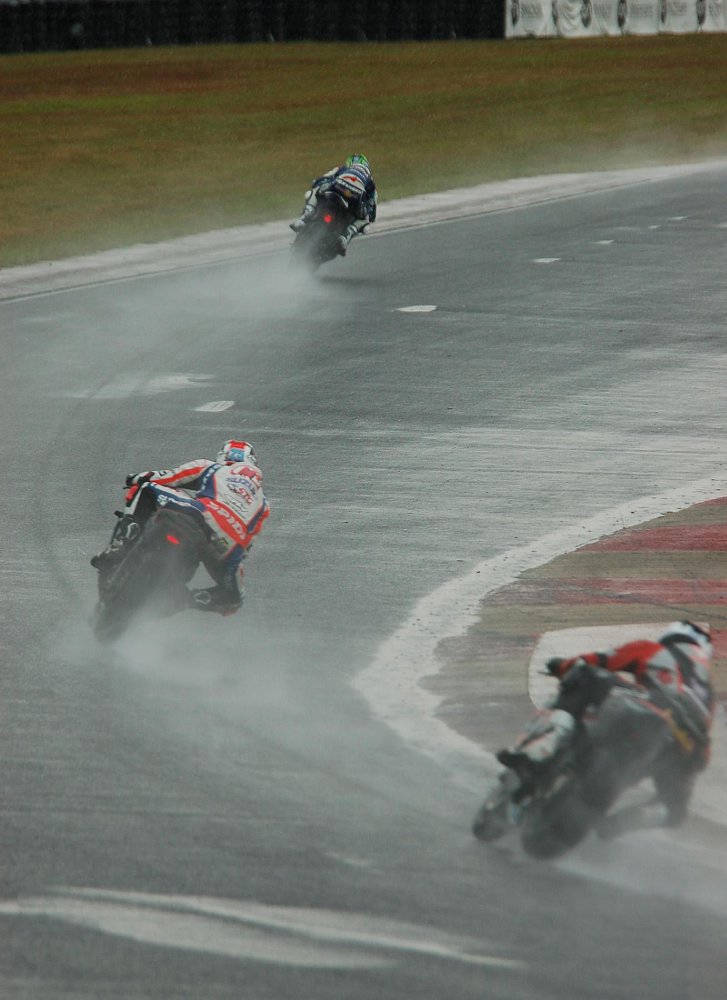
"I think they made some great decisions and they were proactive about stopping races at the right time and starting races at the right time," said 2014 champ Josh Hayes.
"When we're not on the track, we're not over there talking about how crummy everything is," Hayes said, summing up the overall attitude.
But the weather was far from the worst of it. What should have been the highlight of the year, sharing the big stage with the World Superbike series, instead became the low point of the season when two Spanish riders, Bernat Martínez and Daniel Rivas Fernández were killed in a crash during the start of the weekend's final race.
In its first year running the series, the MotoAmerica team survived lousy luck with the weather, minimal support from the industry and even a double tragedy. Winning back fans like my colleague who just doesn't care any more is going to be a long endurance race, not a sprint. Lap two begins this weekend.




